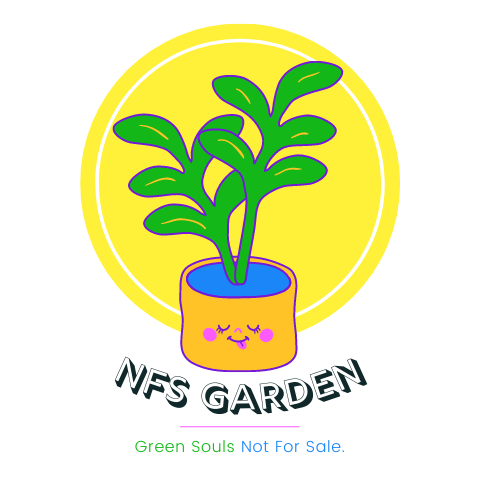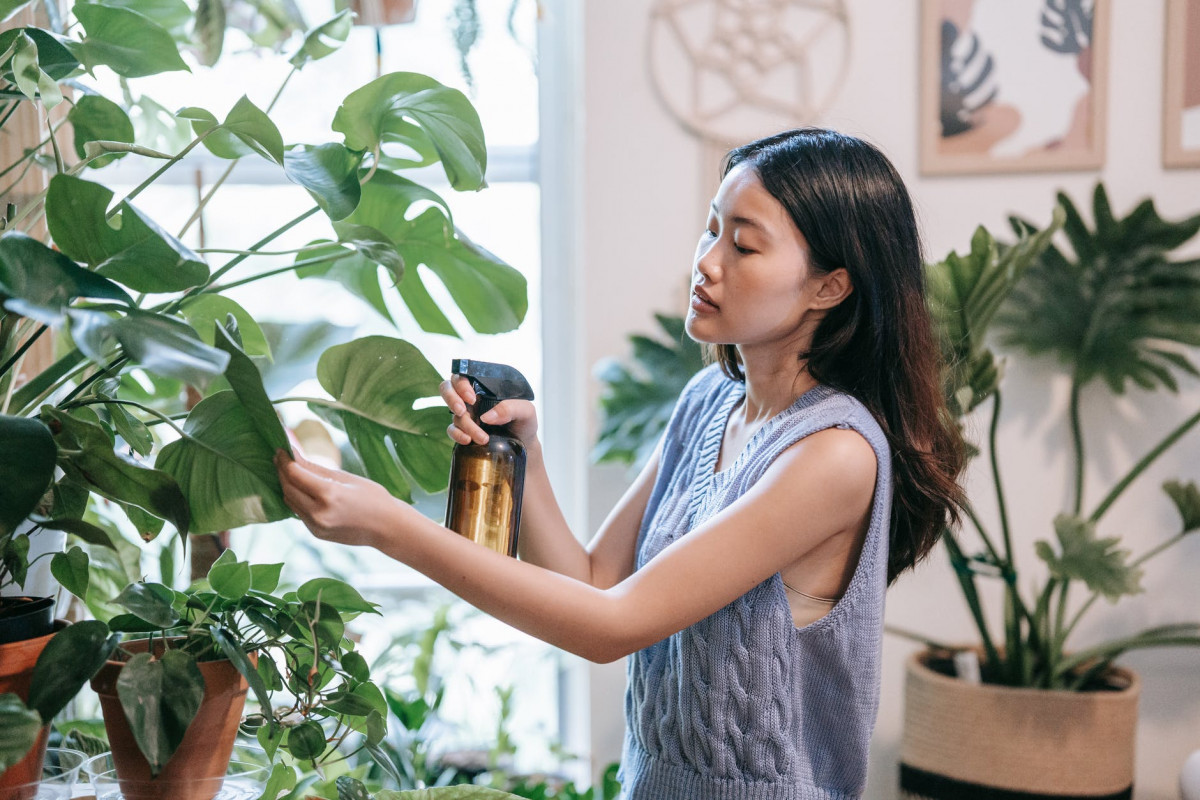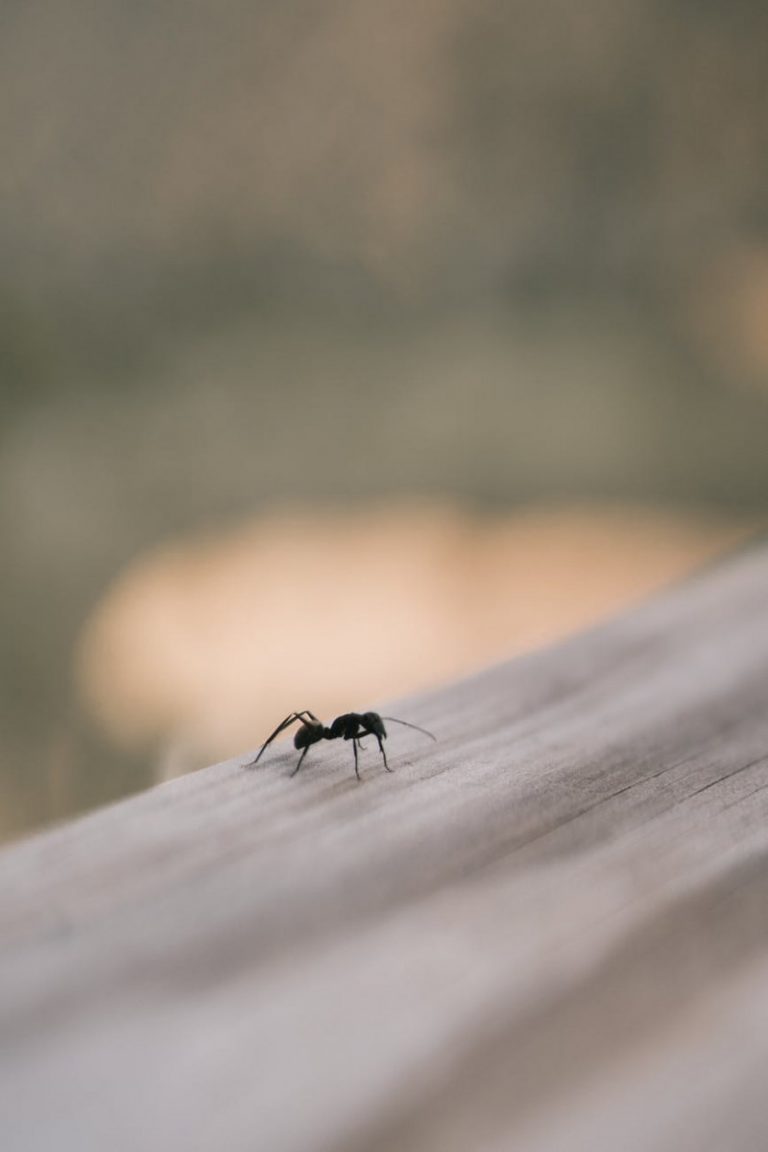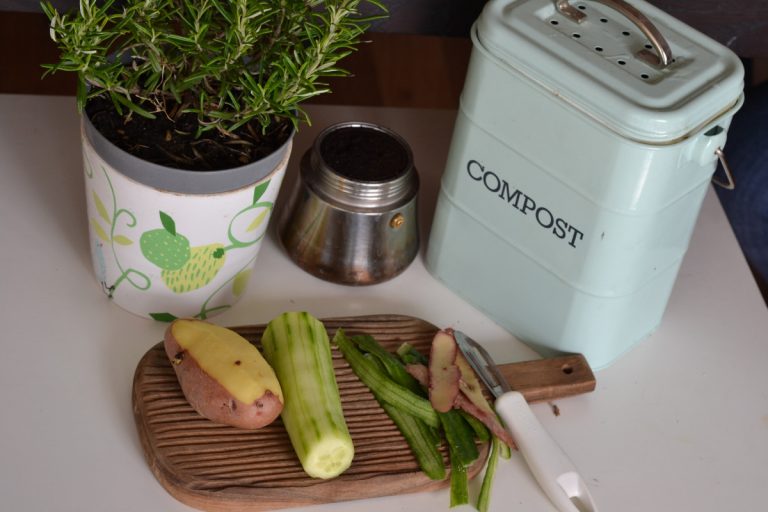How To Make Your Own Bug Spray?
If you’re ready to go toe-to-toe with bugs this summer, you can do it in a safe and natural way by manufacturing your own insect spray. Aside from keeping annoying bugs at bay, there are various more reasons why you should create it rather than purchasing it.
For starters, homemade insect sprays are better for your skin since they don’t include the harsh chemicals found in commercial bug sprays–DEET, anyone? Furthermore, since essential oils and herbs are utilized to manufacture them, homemade insect sprays smell nicer.
Bug sprays made from a few basic chemicals are not only healthier for you, but also healthier for the environment. According to research, commercial sprays aren’t only hazardous to the bugs they’re meant to repel–they’re also dangerous to any animal or plant life that comes into contact with them.
If the reasons listed above aren’t enough to persuade you to produce your own insect spray for a pet and kid-friendly home, the following article will lead you through the simple steps.
Quick Navigation
Suggestions for Choosing Ingredients
Making your own bug spray has the advantage of allowing you to mix and match components depending on personal tastes or simply what ingredients you have on hand at the time you wish to manufacture insect spray.
A bug spray base may be made from a variety of ingredients, including witch hazel, rubbing alcohol, vodka, or vinegar.
While any of these bases will work, witch hazel is the most often used. As a result, witch hazel is the basis of the recipes listed below.
Next, pick whether you want to include essential oils or herbs in your insect spray, and then choose which oils or herbs to integrate into your mixture. Lemongrass, citronella, lavender, patchouli, eucalyptus, cedar, geranium, tea tree, peppermint, and clove are the most effective essential oils for DIY insect spray.
Any mix of catnip, lavender, peppermint, clove, parsley, rosemary, and garlic will function as herbs. The recipes in this article indicate specific oils or herbs to use as a recommendation only. Keep in mind that they are entirely interchangeable and may be replaced or substituted as desired.
Recipe for Essential Oil Bug Spray
Fill a clean spray container halfway with witch hazel to prepare essential oil insect spray. Add fifteen drops of lemongrass oil, ten drops of eucalyptus oil, ten drops of lavender oil, ten drops of patchouli oil, and five drops of geranium oil, followed by an equal quantity of distilled water.
The more essential oils you add, the stronger your insect spray will be. If the essential oils are too strong for you at first, try fewer drops until you get acclimated to their potency. After you’ve done adding the essential oils, give the bottle a good shake to combine the components, then label and use.
Recipe for Herbal Bug Spray
If you want to prepare insect spray using fresh or dried herbs, start by adding one cup of water into a small saucepan and heating it to a boil. Remove the saucepan from the heat and stir in one tablespoon of fresh or dried catnip, lavender, rosemary, and peppermint.
Allow the herbs to soak for about thirty minutes, covered. Line a colander with cheesecloth, set it inside a big bowl, and strain the mixture through it to remove the herbs. After a brief cooling time, fill a clean spray container halfway with the herb-infused water using a funnel. Fill the remaining space in the bottle with witch hazel, shake, and label for use.
Usage Instructions
While homemade bug spray is efficient at repelling a wide range of insects, it must be used more often than commercial sprays. Because homemade spray lacks the powerful ingredients present in store-bought sprays, it does not stay as long.
As a result, apply a large dose of insect spray to your whole body every half hour, or as required, to keep the pests at bay.
If you want to use a bug spray that hurts bugs rather than your eyes and skin, DIY bug spray is the way to go. This season, arm yourself with a bug spray that is safe, effective, and pleasing to the senses, and you’ll be able to enjoy the great outdoors without having to deal with pesky pests.
===> Find Even More Related Good Ideas ===>
Other Garden Enthusiast Are Reading:
✅ Trending
- Best Backpack Sprayer 2022: Complete Buyer’s Guide For Fertilizers, Herbicides & Pesticides
- Where Do You Put Your Coffee On A Garden Bench? The Solution To Quality Self-Time
- Chipper Shredder Reviews 2022 – Best Electric Yard Machines For Composting
✅ Outdoor Garden Design And Tips
- Detailed Review On The 10 Best Garden Shears 2022: Get Your Best Fit Here
- 9+ Small Backyard Ponds Ideas 2022: How To Build Waterfalls & Landscaping Guide
- Guide To Understand The Jew’s Ear Mushroom 2022 | Benefits, Uses, Remedies, Cures & Side-Effects
✅ Indoor Design And Tips
- How To Plan Garden Storage Sheds? Tips You Have To Know Before Your Purchase 2022
- 4 New Ideas To Make Better Use Of Your Trash: Get Crafty To Recycle And Reduce Waste 2022
- How To Get The Perfect Mosquito Trap? Everything You Need To Know: Types, Designs, Safety FAQs 2022
✅ Even More Great Products
- Best Garage Heaters Reviewed 2022: Warm-up Safely And Efficiently For All Purposes In The Cold
- Outdoor Portable Hot Tub Ultimate Guide For The Best Winter Fun 2022: Everything You Need To Know In Selecting, Using And Maintenance
- Sun Joe TJ600E Electric Tiller Review (2022)
✅ Sustainable Lifestyle Products And Tips







